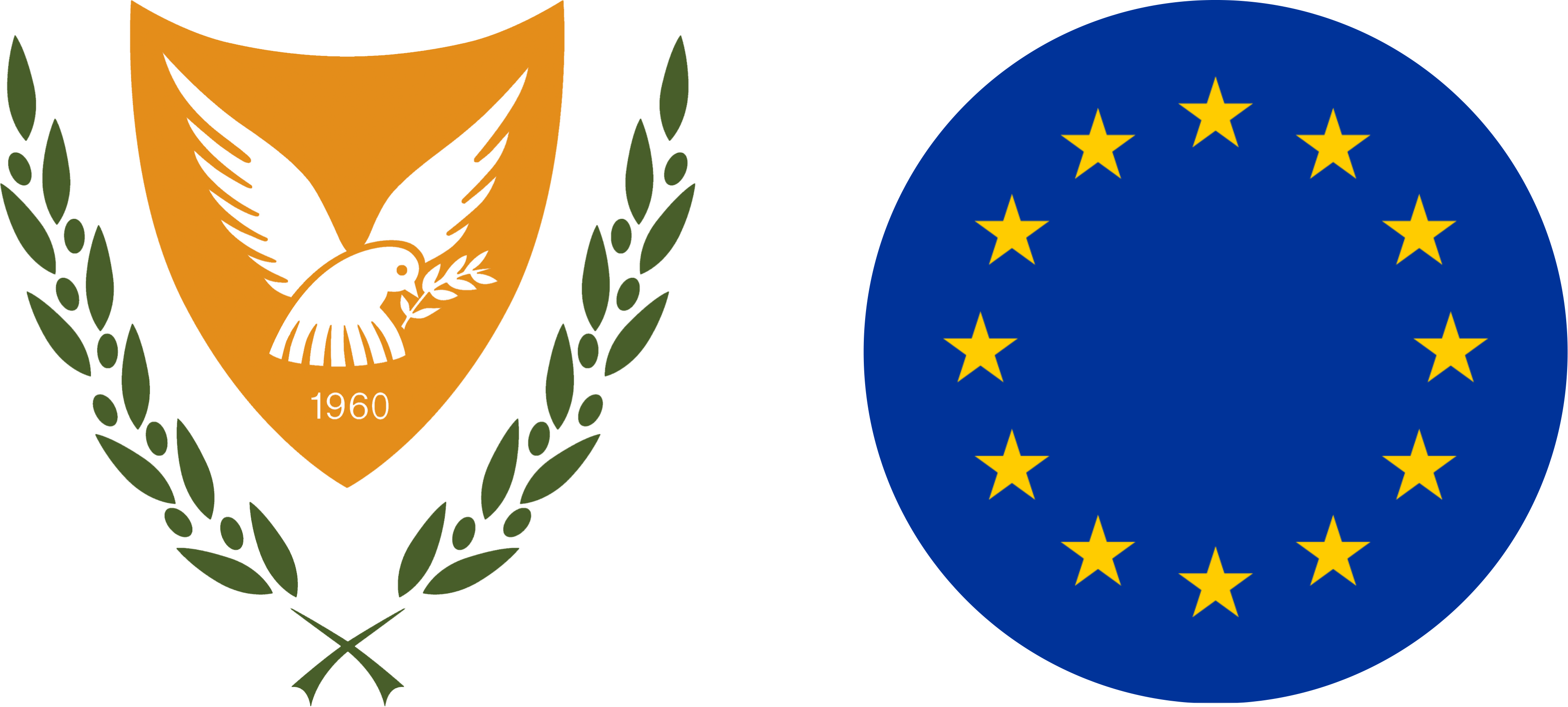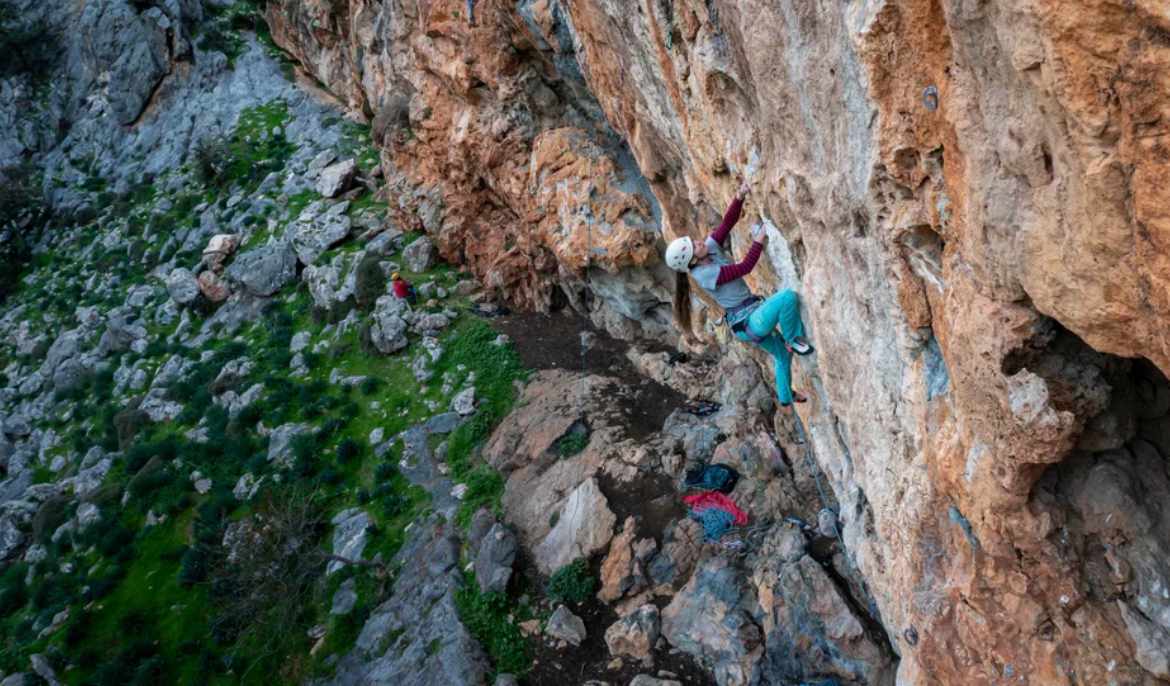Portrait of the island’s vibrant climbing community
Those exploring Cyprus with a curious mind and a sense of adventure normally opt for the coastline with scuba diving, jet skiing and parasailing among the most popular adrenaline-boosting outdoor activities.
But beyond the sandy beaches a far different adventure awaits. Mountains begin to rise on the horizon, marking the shift from coast to high(er)land. In these scenic and largely untouched areas, a growing number of climbers have found exactly what they’re looking for: space, nature and the thrill of discovery.
With areas like Dhiarizos and Trooditissa, boasting numerous exciting “crags”, small, steep cliffs or rock faces suitable for climbing, Cyprus is beginning to draw attention to its heights with a vertical world quietly taking shape.
A new climbing guidebook, carefully put together by local mountain enthusiasts, is offering an insight into the local climbing community and does not only list the best spots, but also emphasises the ethical aspect of outdoor climbing.
Enjoying nature while respecting it
“We are psyched about climbing, the beautiful crags where we spend our time, motivating and pushing each other and continuing to grow the sport on the island,” says Kim Lucas, one of the five authors of the Cyprus climbing guidebook.
Leafing through its 250 pages, it quickly becomes clear that a lot of care and intention went into the book’s making. Alongside striking photographs and practical tips, it features an entire chapter on the ethics of climbing, placing the sport within Cyprus’ wider cultural and environmental context.
Readers are advised not to “make the crag your canvas”, pointing to the historical significance some of the climbing sites hold. The authors also remind climbers to follow a “leave no trace” principle.
“The guidebook is a way to help both locals and international visitors discover the climbing potential on the island. It’s something that has been missing from the climbing scene here and we’re very happy to see it in print and out in the world,” Kim says.
The message is as simple as it is clear: climbing in Cyprus should be done with awareness, not only of the rock, but also of its surroundings.
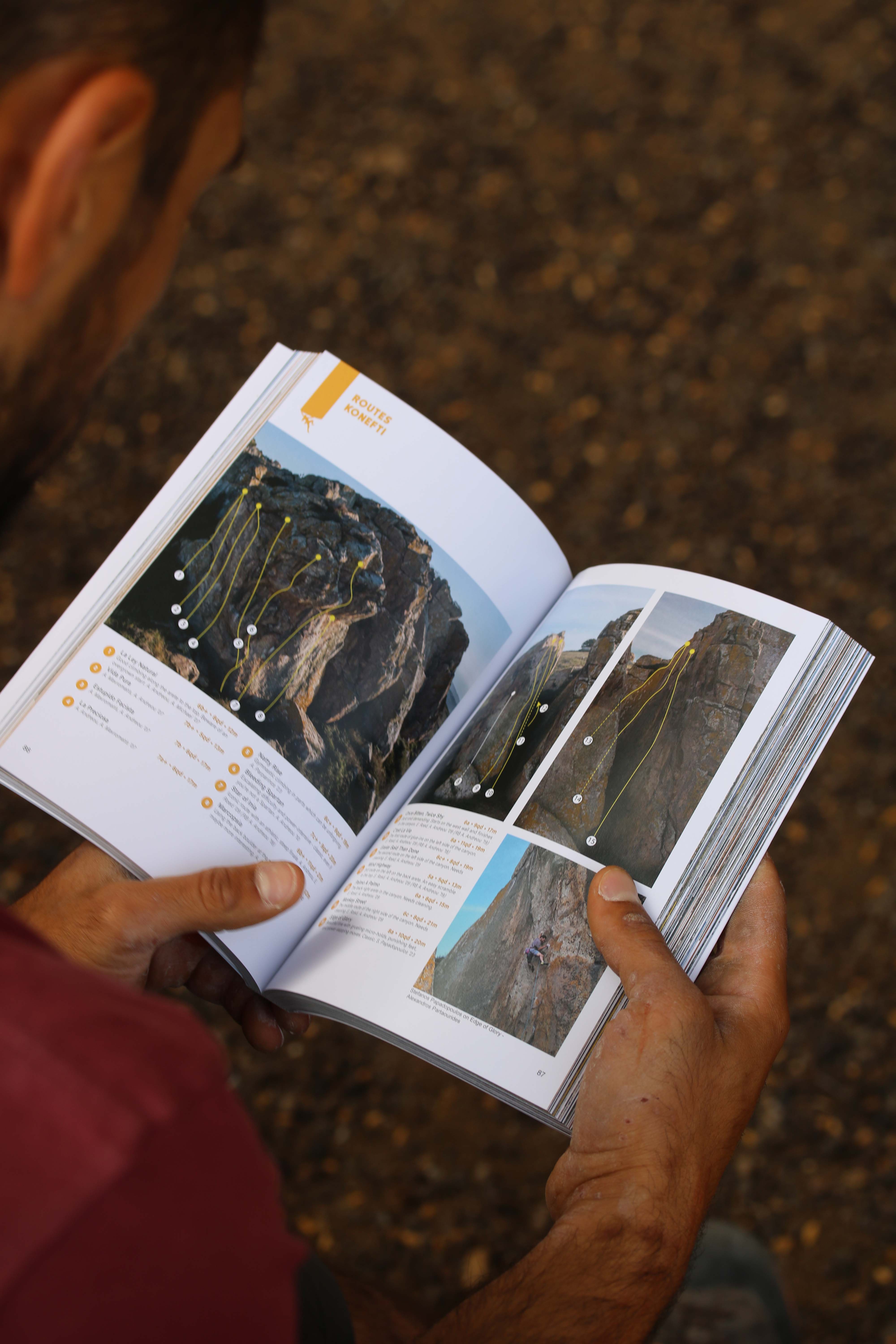
Gear, gyms and getting started
So how does one get into climbing in Cyprus? Well, embarking on a climbing journey requires some gear.
“If you just want to test out the sport, there is no need to buy anything,” says Thomas Georgiou, another one of the five authors.
He adds that equipment such as climbing shoes and gear like harnesses and ropes can be rented from climbing gyms, making sure nobody is held back by a lack of equipment.
For those who get caught up with enthusiasm and want to invest in their own gear, starter sets amount to an estimated €350.
Aside from the mountains, local climbers can be found (literally) hanging out at one of the island’s indoor climbing gyms, which make for a nice, air-conditioned escape during the summer.
Four gyms can be found in Nicosia alone, three in the south, one in the north, and another one in Limassol. They serve both as social spaces and training spots for future outdoor challenges.
Despite its steady growth in recent years, the climbing scene in Cyprus remains intimate. New arrivals are quickly noticed, and a few words exchanged on the mat easily lead to an invitation to a weekend climb, beers or both.
And soon one might find themselves halfway up a wall in Episkopi, wondering how things escalated from casual indoor bouldering with no ropes – and no immediate fear of dying – to actual rock climbing. People you barely know spurring you on – fear, thrill and the immediate urge to do it all over again.
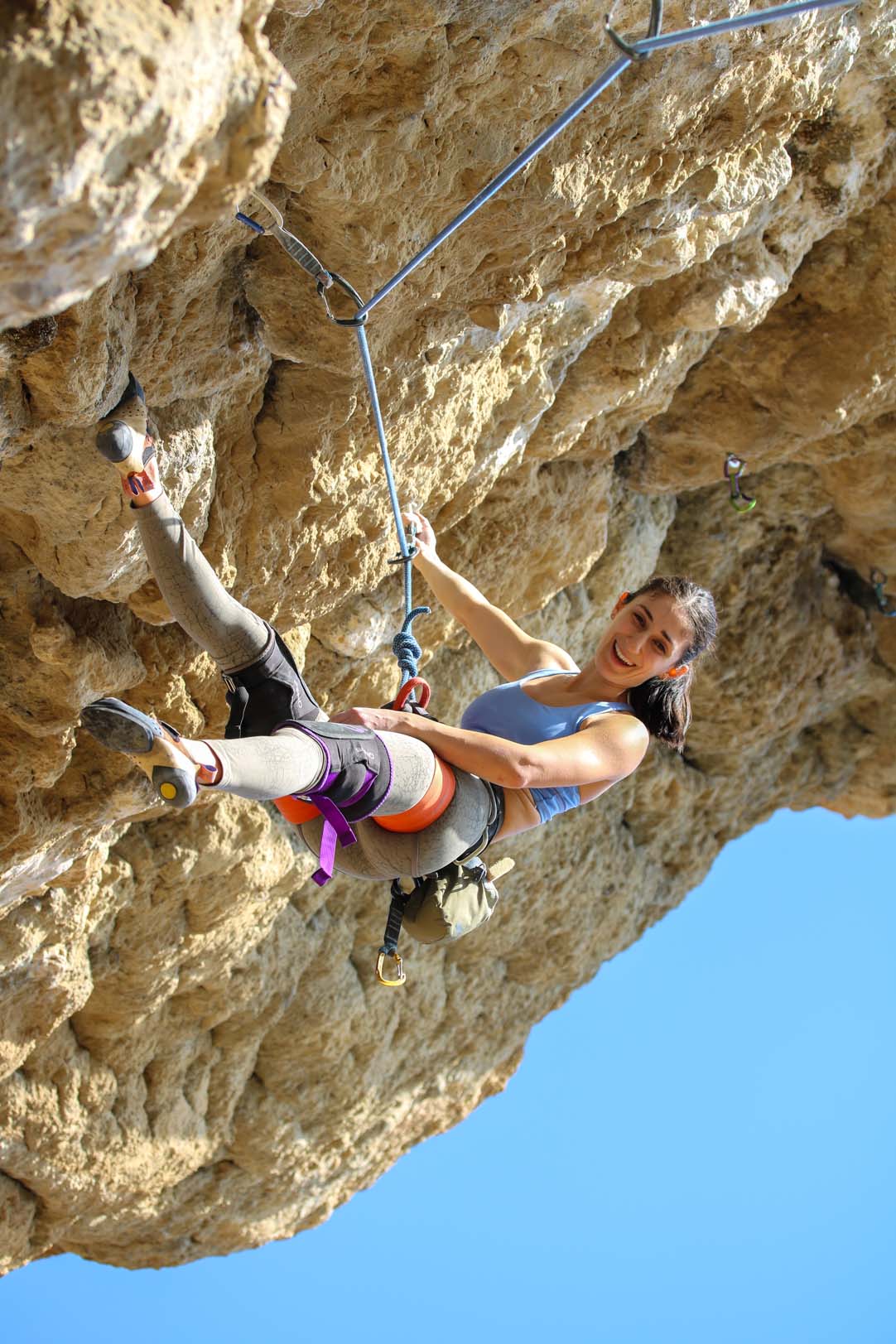
How to spot a good climbing spot
The Cyprus Climbing Guidebook maps out more than 20 climbing spots scattered across the island, stretching from the pine-covered hills of the Kyrenia mountains in the north to the sunlit crags of Gerakopetra in the Paphos region.
Each chapter introduces readers to the unique character of the location, providing directions for access and including photographs featuring route lines and difficulty grades, offering a solid starting point for both beginners and experienced climbers.
At the heart of what makes a rock truly climbable lies the presence of bolted routes. These are fixed metal anchors drilled directly into the rock face that act as reliable safety points, allowing climbers to secure their ropes, without which the climbs would simply be out of reach.
“The most important part is to make the routes both safe and fun to climb,” says Andreas Andreou, who bolted many of Cyprus’ climbing routes and also co-authored the Cyprus Climbing Guidebook.
Long before anyone clips in, these lines are carefully established by experienced bolters who scout the rock, plan a safe path and install permanent anchors into the stone. Bolting is precise, technical work that requires time and a lot of knowledge, quite literally shaping the nature of the climb.
“Security comes from two aspects: the materials you use and where you place them on the rock, but also the quality of the rock,” Andreas stresses. Bolting a new route, he says, could take from four or five hours up to one or two days.
“When I see the rock, it’s not just a line that you want to climb, it’s like making a painting. You get on the rock, you clean it, and then somehow, the bolts – a bit like an artist.”
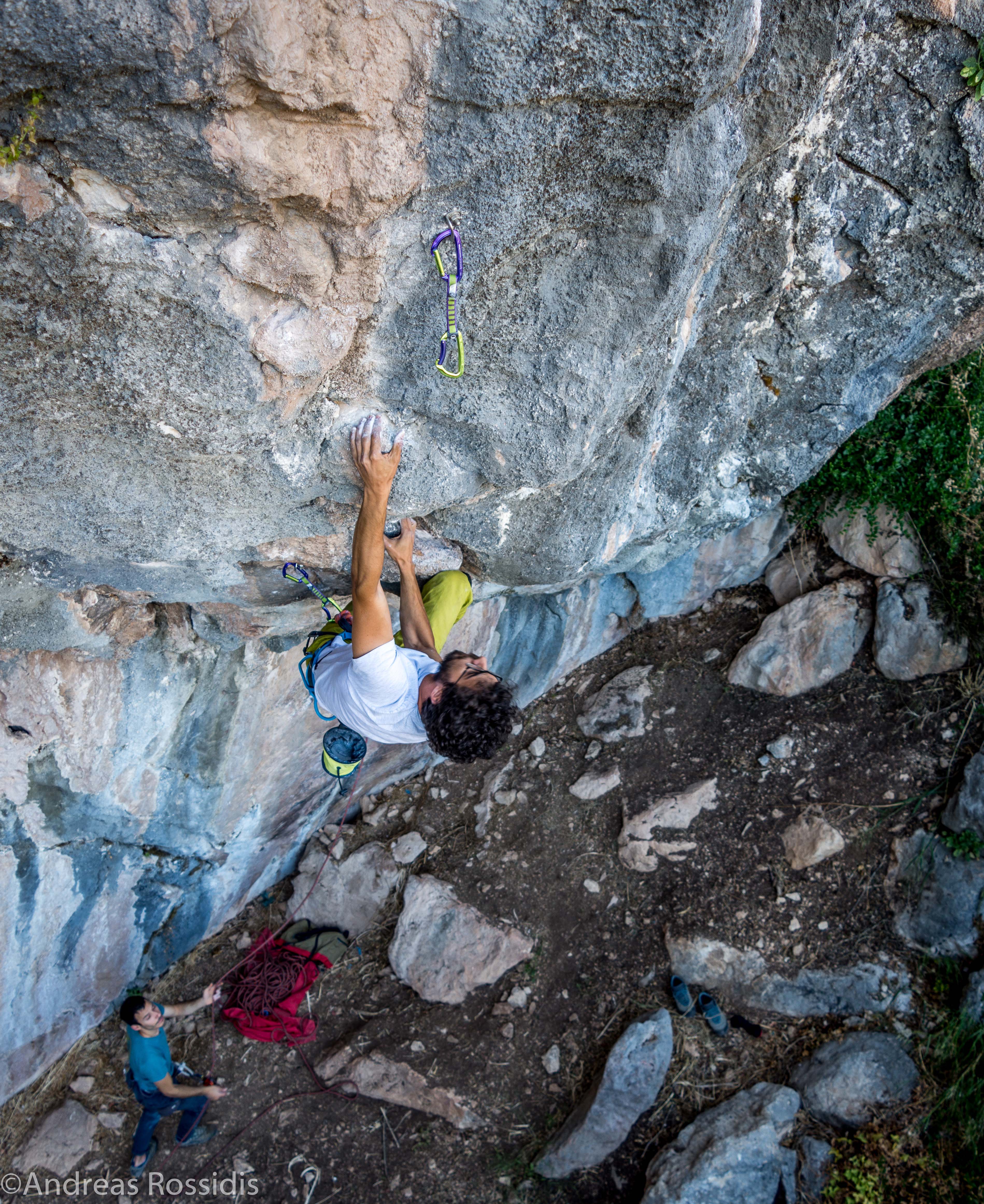
The diverse mosaic of Cyprus and its climbers
The climbing community in Cyprus is as varied as the island’s landscape, uniting a diverse mix of people and cultures. Climbers range from adventurous 20-somethings to seasoned veterans in their 40s and beyond.
“There’s always someone ready to cheer you on, share tips, or celebrate your ‘send’ (successfully climbing a route with no aid),” climber Giorgos Christos says, “what really makes it special is how connected it is.”
They meet at the crags as couples, solo travellers, or families, often ending the day together at nearby campsites. These shared spaces reflect the character of the community. Some stretch into yoga poses or balance on slacklines strung between olive trees, others juggle or hold on to their coffee mugs, cigarettes in hand. The atmosphere is laid-back and quietly familial, in a way that feels natural and unforced.
“Cyprus is an amazing place to experience climbing, beaches, the mountains, culture and history all within a couple of hours’ driving. It offers different climbing styles in unique locations and has something for every level.”
The Cyprus climbing guidebook
The Cyprus Climbing Guidebook was created and co-authored by Andreas Rossidis, Stefanos Papadopoulos, Kim Lucas, Andreas Andreou, and Thomas Georgiou. €38, available online https://www.cyprusclimbing.com/
